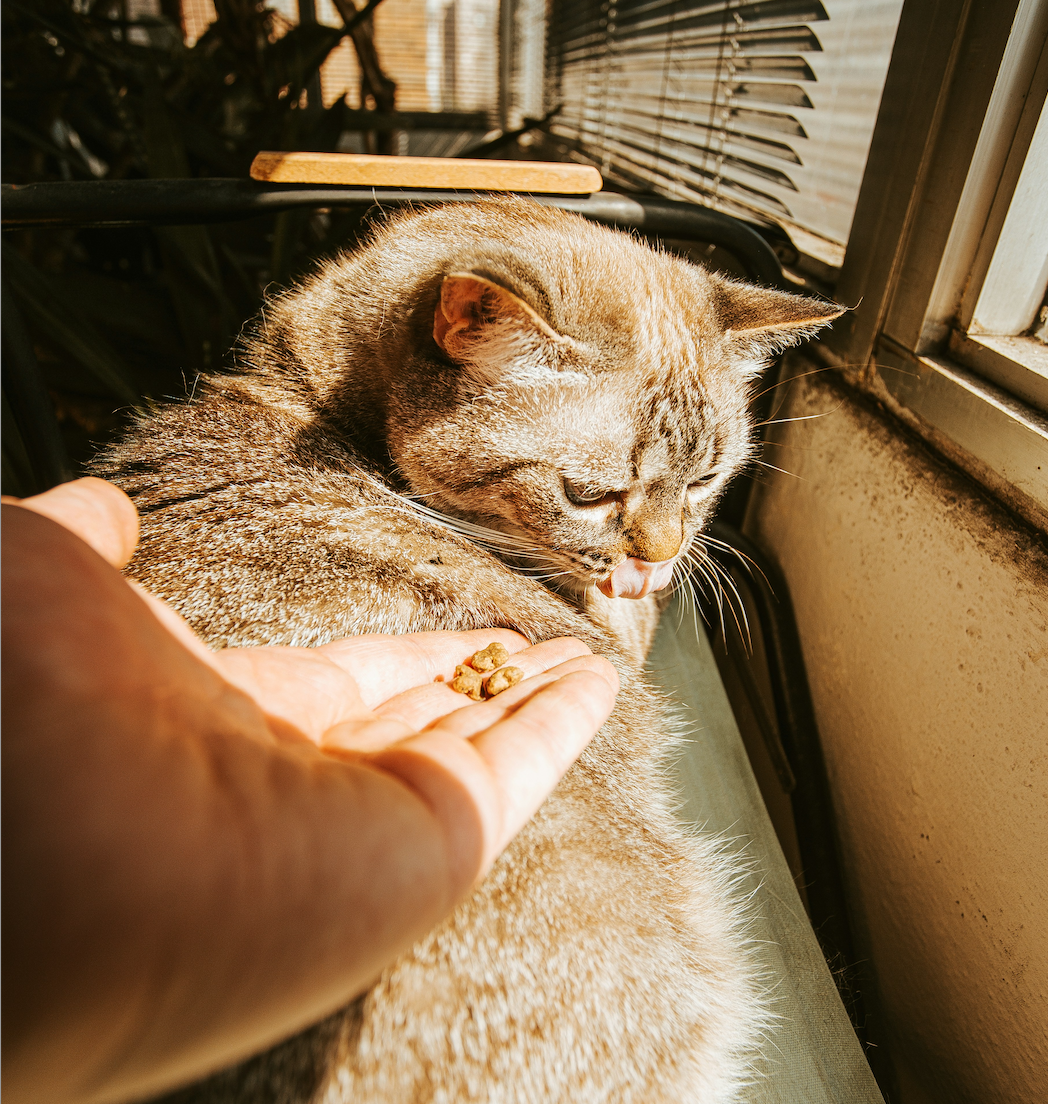As pets age or face illness, one of the hardest questions you may ask is whether they are still enjoying life. Assessing quality of life of your pet helps you understand their comfort, happiness, and daily wellbeing. Looking at signs of pain, appetite, mobility, and emotional connection can guide your decisions.
This article explains the basics of what to look for, shares a tool vets use, and suggests next steps if you feel uncertain. By paying attention to small changes, you can better support your pet in this stage of life.
Eating, drinking, and toileting
A pet who eats and drinks normally and toilets without distress is usually coping well. Warning signs include refusing food for more than a day, vomiting, diarrhoea, incontinence, or struggling to get outside. If mealtimes are stressful or toileting is inconsistent, it may be time to seek advice.
Observe daily comfort and pain levels
Pain is not always obvious, especially in pets who hide it well. Signs to look for include:
- Limping, stiffness, or reluctance to move
- Restlessness, panting, or whining
- Withdrawal from touch or unusual aggression
- Taking longer to settle or struggling to sleep
- Hiding away or avoiding family
Think about whether your pet still enjoys gentle pats or brushing. Notice if they can lie down comfortably and rest well.
Emotional wellbeing and connection
Pets show happiness in different ways. A wagging tail, a warm greeting, or a soft purr can all be signs of joy. Ask yourself:
- Is my pet still engaging with me and the family?
- Do they play with toys or enjoy favourite activities?
- Are they hiding more, sleeping more, or seeming unlike themselves?
A once playful or social pet who becomes withdrawn may no longer feel content.
Using the quality of life scale
Vets often suggest the HHHHHMM scale: Hurt, Hunger, Hydration, Hygiene, Happiness, Mobility, and More good days than bad. Scoring each area out of 10 gives a clearer view of your pet’s wellbeing. If most scores are low, it may be time to think about next steps. A quality of life assessment with your vet can provide guidance.
When to seek support
You know your pet best, but another perspective can help. Speak openly with your vet or ask a trusted friend who doesn’t see your pet daily for their view. Sometimes small changes are easier to notice from the outside. Support is available, and you don’t need to make these decisions alone.
Gentle next steps
Watching your pet slow down is never easy. Quality of life assessments and conversations with your vet can help you decide if more support or end-of-life care is needed. When the time comes, in home dog euthanasia or cat euthanasia are options that provide peace and dignity. Whatever you decide, the love and care you give make all the difference.







